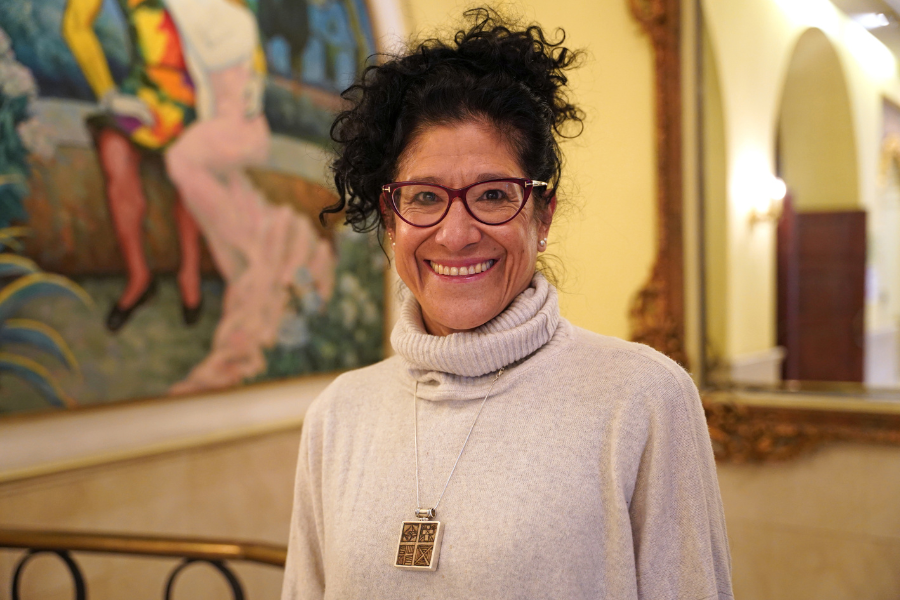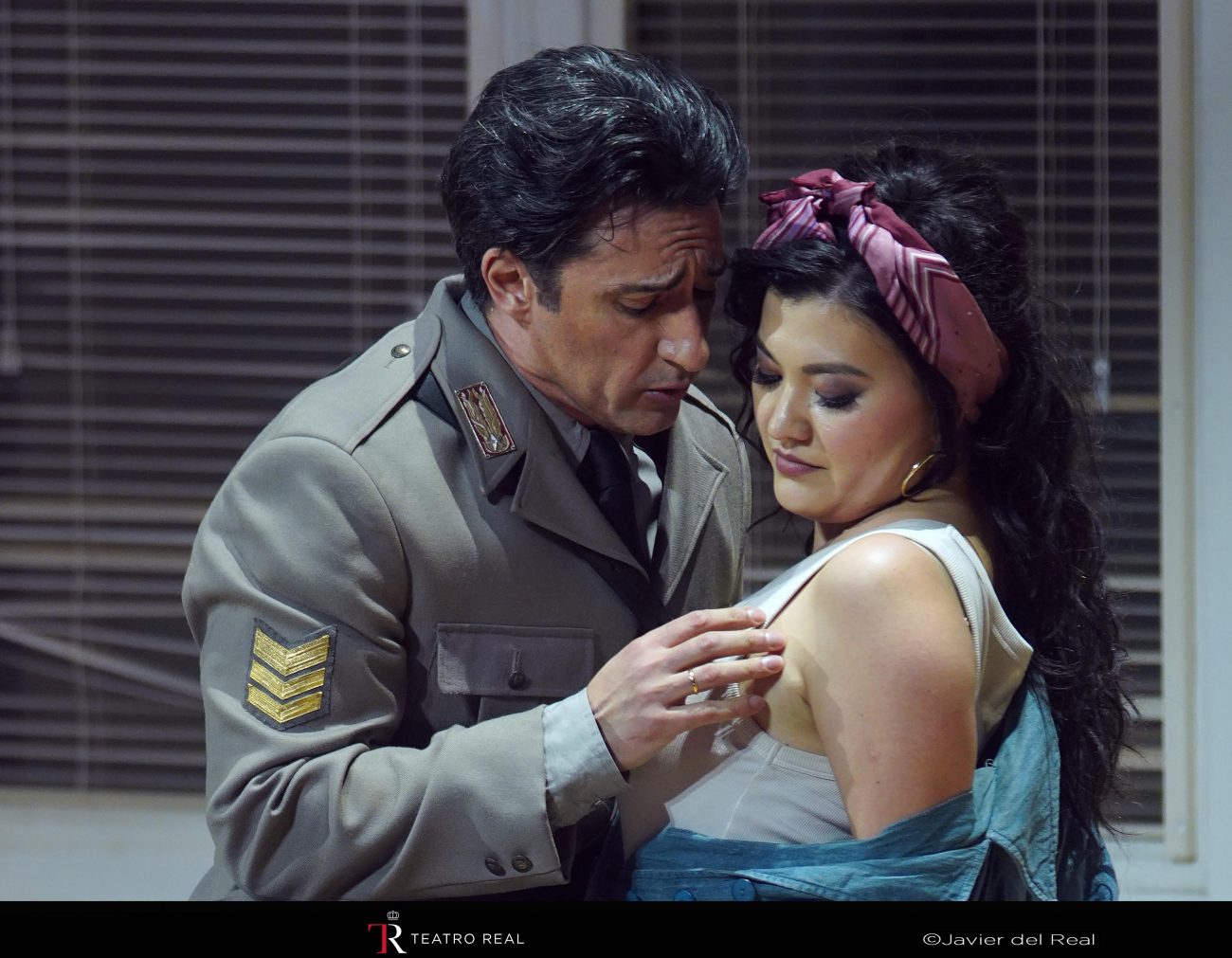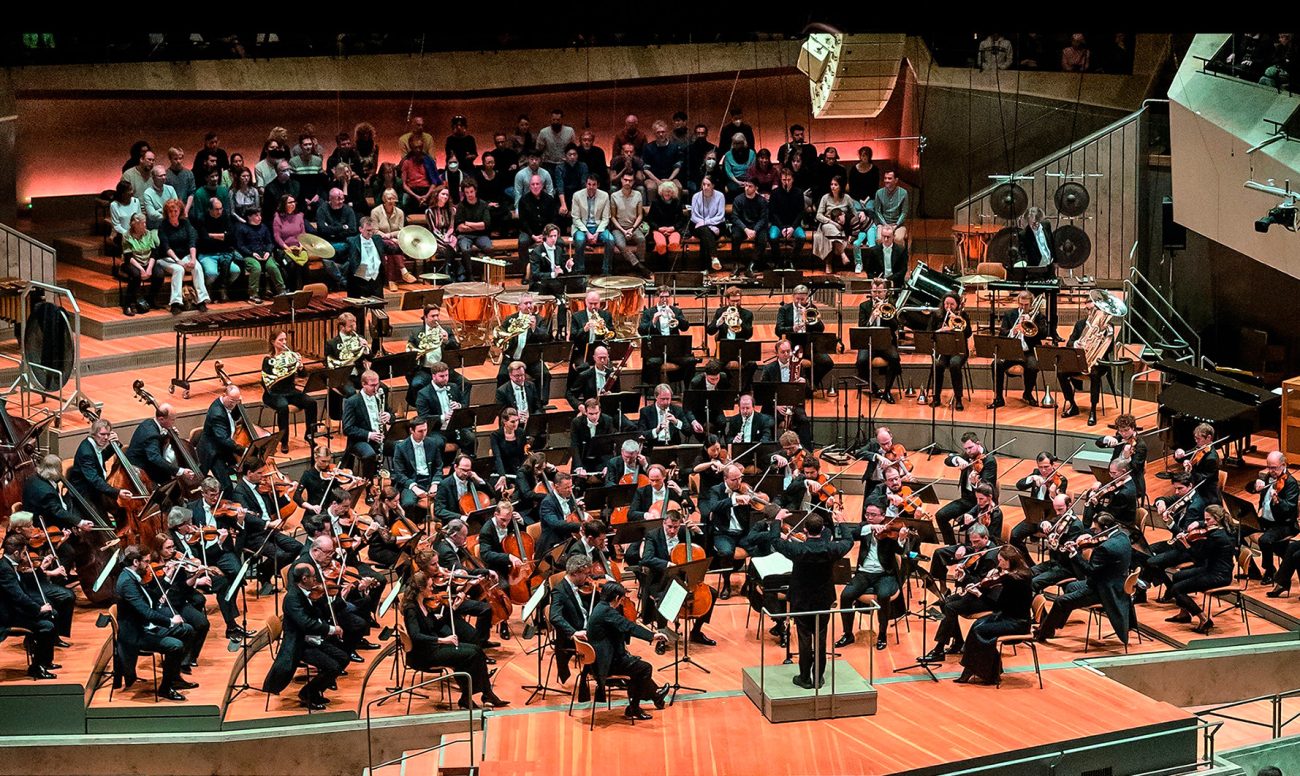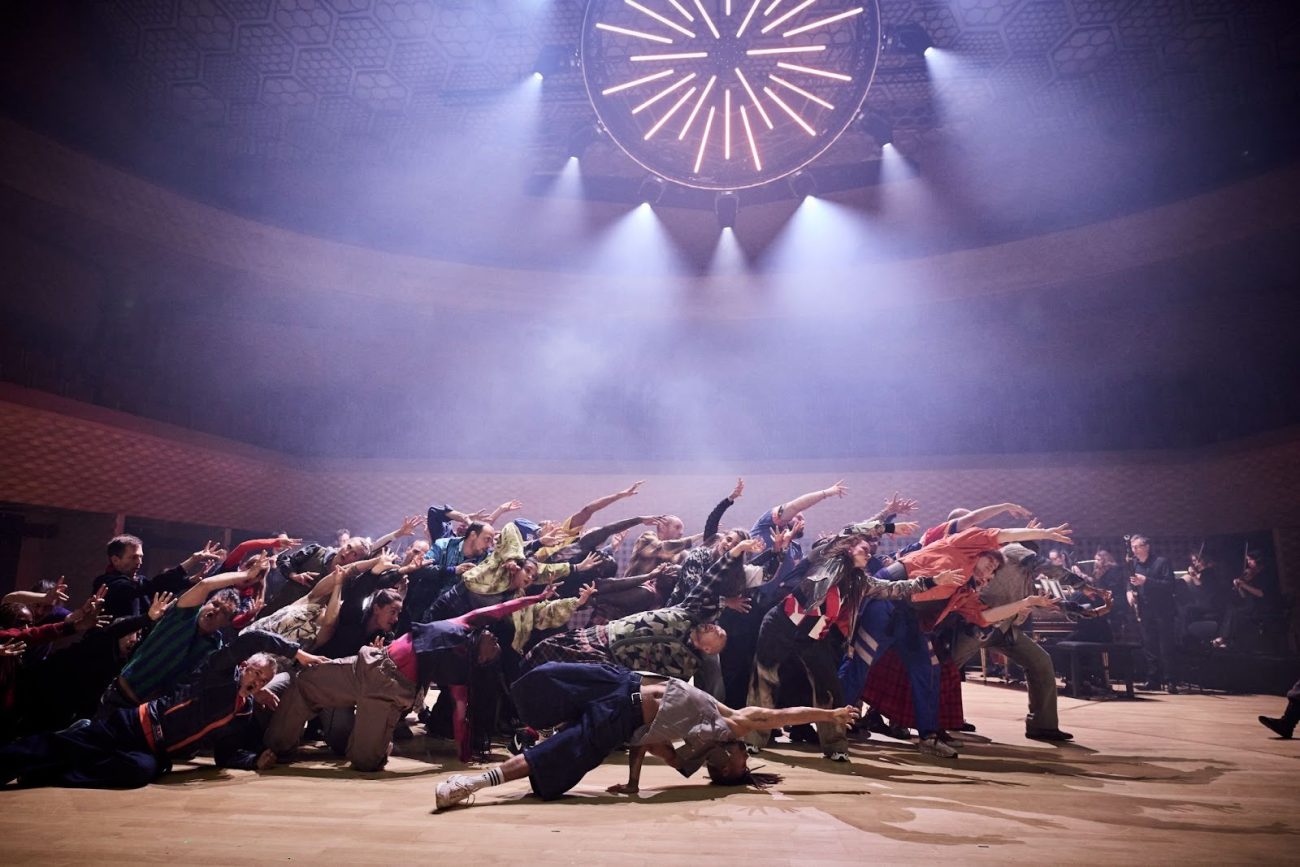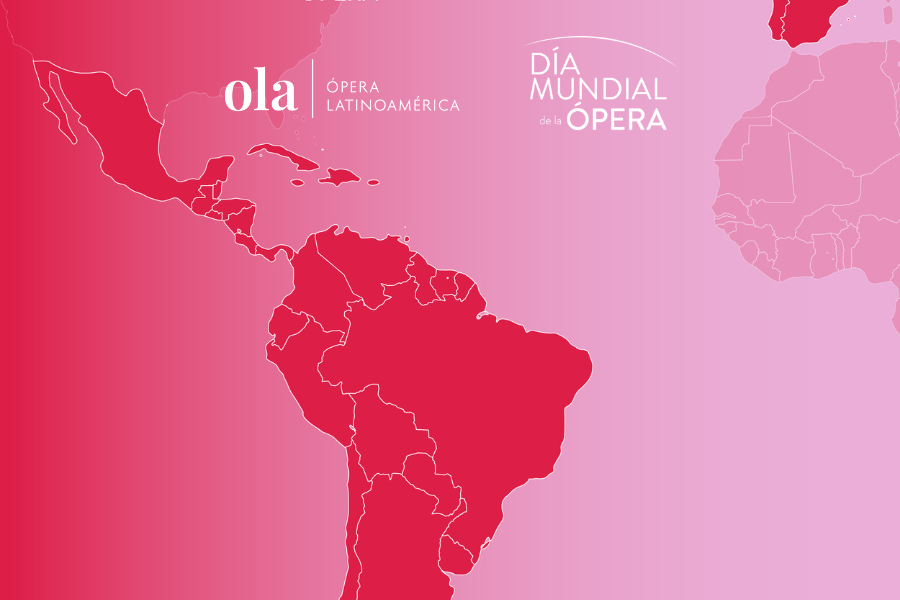El Teatro Nacional Sucre (Ecuador) es el nuevo miembro de Ópera Latinoamérica

Uno de los teatros de ópera más antiguos en Latinoamérica, el Teatro Nacional Sucre abrió sus puertas en 1886 y desde entonces se ha consolidado como el escenario más prestigioso de Ecuador. Actualmente, el teatro es administrado por la Fundación Teatro Nacional Sucre, una entidad dependiente del cabildo de Quito y que desde 2003 se ha encargado de producir, ejecutar y difundir las artes escénicas y musicales en la capital ecuatoriana y otros territorios del país. En esta entrevista, Jossy Cáceres, directora ejecutiva de la fundación, aborda la historia del teatro, la preservación de su patrimonio y las distintas estrategias que desarrollan para acercarse a los públicos.
Entre las calles Guayaquil y Flores, en pleno distrito central de Quito, se encuentra un ícono de la vida e historia cultural ecuatoriana. Con su estilo a la italiana, arquitectura neoclasicista, columnas y ornamentaciones, el Teatro Nacional Sucre se alza blanquecino y cautivante, una sensación común al recorrer el casco histórico quiteño.
El teatro, inaugurado en 1886, lo que lo convierte en uno de los más antiguos del continente, se suma ahora a la red de Ópera Latinoamérica. “Nos interesa forma parte de la red de teatros y profesionales de la ópera, para compartir experiencias y aprender de los teatros hermanos de América Latina”, comenta Jossy Cáceres, directora ejecutiva de la Fundación Teatro Nacional Sucre, entidad que administra el teatro.
La programación del Teatro Nacional Sucre actualmente abarca una extensa oferta de espectáculos artísticos, entre los que se encuentran conciertos sinfónicos y de música popular, musicales, óperas y zarzuelas. “Han pasado grandes artistas como Philip Glass, José Carreras, Charles Bradley, Segundo Cóndor, Daniel Hope, María Pagés o John Zorn”, señala Jossy Cáceres.
De la Plaza de las Carnicerías al corazón de la cultura quiteña
Entre los siglos XVI y XVIII, el lugar donde actualmente está emplazado el Teatro Nacional Sucre era conocido como la Plaza de las Carnicerías, un solar donde se ubicaban varios de los mataderos, las despensas y los almacenes cárnicos de Quito.
Ya en 1867, la plaza se convirtió en un espacio teatral. En 1879, el sitio se destinó para la construcción del teatro, cuyo diseño arquitectónico estuvo a cargo del alemán Francisco Schmit y cuya construcción concluyó a mediados de 1886. La inauguración tuvo lugar un 25 de noviembre de ese mismo año, con la presentación del pianista francés Capitán Voyer, la Banda de Artillería y los cantantes Baldassari y Aymo de la Torre, quienes interpretaron el Himno Nacional, con el acompañamiento de la Orquesta Nacional dirigida por Aparicio Córdova.
A lo largo del siglo XX, el teatro fue sometido a diferentes intervenciones para preservar su patrimonio. En 1998, la Municipalidad de Quito intervino en auxilio del edificio y, luego, en 2003, se creó la Fundación Teatro Nacional Sucre (FTNS), institución que desde ese entonces se encarga de la administración del teatro y de otros espacios como el Teatro México, el Teatro Variedades y Centro Cultural Mama Cuchara.
Actualmente, la fundación es conducida por Jossy Cáceres, coreógrafa, docente en danza contemporánea, bailarina y gestora cultural que en noviembre de 2021 asumió la dirección. Durante su carrera, Cáceres se ha desempeñado activamente en la escena independiente de la danza en Ecuador a través de la enseñanza, la creación y la coproducción de eventos. “La FTNS cuenta con un modelo de gestión participativa a través de convocatorias públicas para la aplicación de proyectos artísticos y culturales para que integren la programación anual de sus espacios”, explica.
Lee a continuación la entrevista completa a Jossy Cáceres.
¿Por qué el Teatro Nacional Sucre decidió unirse a Ópera Latinoamérica?
La Fundación Teatro Nacional Sucre (FTNS) es una institución comprometida con la producción cultural. Desde su creación en octubre de 2003 se ha encargado de producir, ejecutar y difundir las artes escénicas y musicales en el Distrito Metropolitano de Quito y Ecuador.
Nuestra programación anual cuenta con una temporada permanente de producciones líricas que incluyen óperas, musicales y zarzuelas. Con el objetivo de afianzar nuestro compromiso con el arte lírico en el país y la región nos interesa forma parte de la red de teatros y profesionales de la ópera, para compartir experiencias y aprender de los teatros hermanos de Latinoamérica.
¿Qué lugar tiene el teatro en la vida cultural de Quito?
El Teatro Nacional Sucre es uno de los espacios culturales más activos y dinámicos de la capital de Ecuador. Se trata de un edificio patrimonial de arquitectura neoclásica que se inauguró en 1886 y desde entonces se ha convertido en un escenario icónico de Quito por donde han pasado grandes artistas como Philip Glass, José Carreras, Charles Bradley, Segundo Cóndor, Daniel Hope, María Pagés o John Zorn.
Además, es el hogar de festivales emblemáticos de la ciudad como el Ecuador Jazz, la Fiesta Escénica o el Festival Internacional de Música Sacra. Durante todo el año cuenta con una programación permanente y diversa que abarca diferentes disciplinas artísticas como la música, el teatro, la danza o la ópera.
El Teatro Nacional Sucre es uno de los teatros más antiguos de Latinoamérica y por él han pasado no solo grandes obras de las artes escénicas o musicales, sino que también ha sido sede de importantes eventos de la política y sociedad ecuatoriana. ¿Cómo se sostiene este bagaje histórico y patrimonial del teatro? ¿De qué (o quién) depende el mantenimiento?
El bagaje histórico y patrimonial del teatro se lo sostiene por un lado con el trabajo de los músicos, técnicos y equipo administrativo que integra la FTNS, pero además con el apoyo permanente del público de la ciudad que asiste y mantiene vivo este escenario durante cada función. Además, es importante mencionar que el mantenimiento económico de este espacio se lo realiza gracias al Municipio del Distrito Metropolitano de Quito y a los recursos de autogestión generados por la gestión de la FTNS de la cual se desprende el aporte de la empresa privada que cree en la importancia del aporte del arte y la cultura en la vida y bienestar social de la ciudad.
¿Cómo se acercan a los diferentes públicos de la comunidad? ¿Tienen proyectos específicos de formación, educación, difusión, innovación, etc?
La forma en la que nos acercamos a la comunidad es con una programación amplia y colaborativa que busca integrar la diversidad de públicos que existen en la ciudad.
Con el objetivo de incentivar la cooperación con gestores culturales y artistas de la ciudad, la FTNS cuenta con un modelo de gestión participativa a través de convocatorias públicas para la aplicación de proyectos artísticos y culturales para que integren la programación anual de sus espacios.
En lo referente a la formación y educación de nuevos públicos, la FTNS desarrolla los proyectos Escenario Joven, Encuentros con la Comunidad y Conciertos Didácticos que tienen la misión de motivar y acercar las artes escénicas a niñas, niños y adolescencia de la ciudad, a través de funciones de libre acceso para escuelas y colegios de la ciudad.
Se debe señalar que la FTNS administra ocho elencos artísticos musicales que son: Banda Sinfónica Metropolitana de Quito, Orquesta de Instrumentos Andinos, Coro Mixto Ciudad de Quito, Ensamble de Guitarras de Quito, Escuela Lírica, Grupo Yavirac, Coro Juvenil y Coro Infantil, con los cuales se tiene acercamientos en territorio en diferentes sectores del Distrito Metropolitano de Quito y otros lugares del país, observando el derecho de democratización del arte y la cultura.
¿Cómo se proyecta la programación lírica del Teatro Nacional Sucre para este 2023? ¿Qué producciones o actividades líricas puedes destacar?
La FTNS en este 2023 dentro de la temporada anual de Teatros y bajo la línea lírica desarrollará 2 grandes propuestas, una de composición operística de estilo nacionalista basado en tres leyendas tradicionales de Quito denominada Tríptico quiteño; considerando que los mitos y leyendas configuran una parte importante de la identidad cultural de los pueblos; y en este caso particular, las tres leyendas, El gallito de la Catedral, San Antonio de Cabeza y Cantuña que forman parte integral de la cultura quiteña.
El libreto y música está definido en formatos de ópera corta de entre 30 y 50 minutos de duración. Las tres óperas resultantes configuran el Tríptico, con una duración total aproximada de dos horas y treinta minutos (incluidas las pausas entre actos y óperas); cuyo estilo musical, aparte de las necesarias diferencias de carácter que implica la dramaturgia, tiene como temática unificadora el uso de materiales sonoros propios de la música ecuatoriana, reelaborados con conceptos sinfónicos y vocales propios del género operístico, buscando un lenguaje que, sin hacer excesivas concesiones, sea comprensible para nuestro público promedio.



